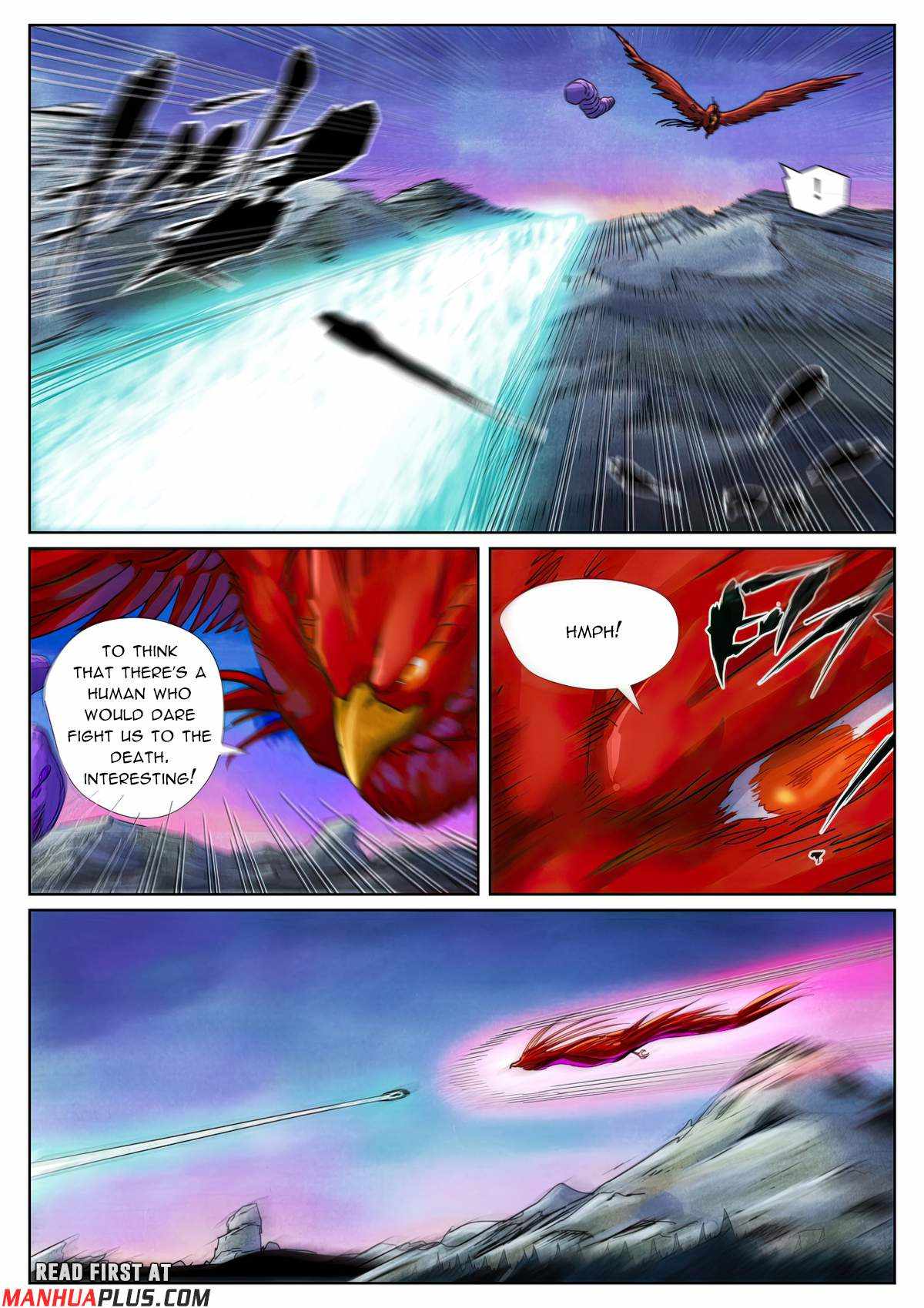- 1,171
- 418
You can find how much higher is the distance the character moves, lets say the sound moved 1m and the character 2m in the same timeframe, the character would be 2 times faster than the speed of sound,Yee I'm just dumb
so if for example speed of sound has moved x distince and something else moved x distance... How do I compare the speed of them in calculating?
another way is: find the distance the sound moved, do distance/speed so you can find the timeframe, after you find out the distance the character moved and do distance/timeframe and you get the Speed of the character

